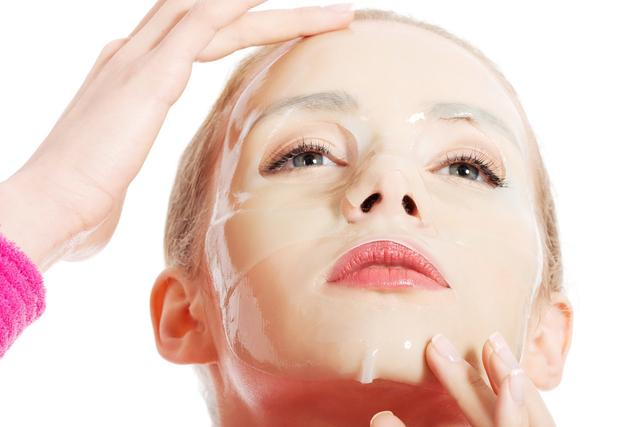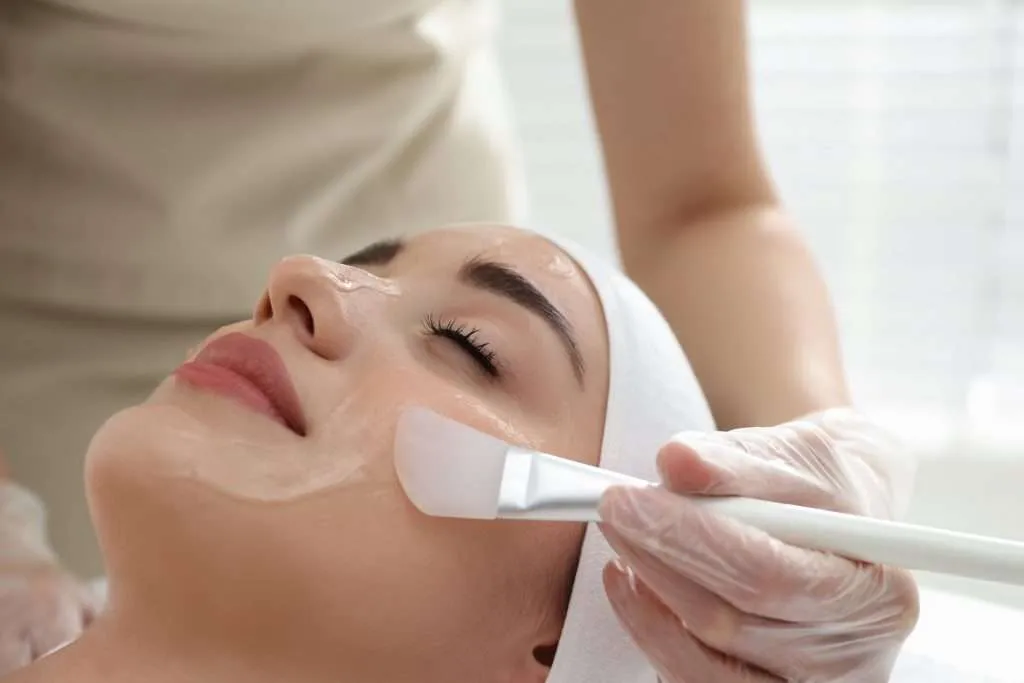
Pharmaceutical Compound Water Light: Ratios and Compounding Principles
In the realm of modern skin care, water light treatments have gained significant popularity as an effective maintenance method. These treatments, which involve injecting hyaluronic acid alongside other beneficial nutrients, provide a boost to skin hydration and nourish the skin, enhancing its overall health.
Tranexamic Acid: The Key to Whitening
Tranexamic acid is a crucial ingredient in the cosmetic field, particularly when it comes to skin whitening. Known for its multiple pharmacological benefits, tranexamic acid is a top choice in cosmetics and dermatology for its ability to inhibit the production of melanin, thus lightening the skin and diminishing spots. It has been proven through numerous clinical studies that tranexamic acid can significantly treat melasma and brighten the skin, giving it a fairer, more translucent appearance.
When used in water light treatments, tranexamic acid is often combined with hyaluronic acid as the primary carrier. This blend can achieve effective results in skin whitening and spot removal. The cosmetic industry widely acknowledges the power of tranexamic acid in breaking down melanin, which is why it’s a key ingredient in many skin-brightening products.
Mesoderm Therapy and Tranexamic Acid
In aesthetic procedures, mesoderm therapy is a commonly used treatment. Tranexamic acid plays a pivotal role in this process, often being paired with other nutrients like glutathione or Vitamin C for enhanced results. This combination can be infused into the skin through water light needles, significantly improving skin tone and texture. Additionally, methods like needle rolling or using nanocrystals to introduce these nutrients can improve absorption, yielding superior whitening effects.

Wet Compress with Tranexamic Acid
Beyond mesoderm therapy, tranexamic acid can be applied through a wet compress technique. Soaking makeup remover cotton or gauze with tranexamic acid and applying it directly to the skin can promote nutrient absorption, providing an easy and effective whitening solution for home care.
Ratio of Tranexamic Acid in Treatments
Tranexamic acid injections are commonly used for their whitening and freckle-removal properties. These injections generally come in two standard specifications: 5ml with 0.25g or 10ml with 1.0g of tranexamic acid. Typically, a dose of 0.1g per application is adequate for general whitening, whereas for spot removal, a slightly higher dosage (up to 0.2g) may be required.
For instance, if using the 5ml: 0.25g specification, 2ml would equal 0.1g, which is ideal for whitening treatments. For spot treatment, the dosage could be increased to 4ml for enhanced results.
Tranexamic Acid for Steroid Dermatitis
Steroid-induced dermatitis, often referred to as “hormone face,” is a difficult-to-treat skin condition caused by the excessive use of steroids. Researchers have found that tranexamic acid, in concentrations of 10%, can effectively treat this condition through a wet compress method. Diluting the tranexamic acid to 10% and applying it via a cotton pad nightly for 4-8 weeks has yielded promising results.
Glutathione: Enhancing Skin Tone
Glutathione is another powerful ingredient known for its ability to brighten skin and reduce dark spots by inhibiting melanin production. It also plays a role in enhancing overall skin health by promoting metabolism and improving skin immunity. Glutathione’s antioxidant and anti-aging properties further boost its effectiveness as a skin-whitening agent.
When combined with other nutrients in water light treatments, glutathione can deeply hydrate the skin, leaving it looking more radiant and youthful. It also helps reduce pigmentation, ensuring a brighter complexion.
Basic Product Information: Glutathione for Injection
- Product Name: Reduced Glutathione for Injection
- Specifications: 0.6g x 10 bottles per box
- Main Ingredients: Reduced glutathione sodium salt, sodium bicarbonate
- Appearance: White powder with strong hygroscopic properties
- Shelf Life: 3 years
- Usage: Can be injected intramuscularly, intravenously, or used in intravenous drips.

Glutathione Application Ratios
For optimal results, 3-4ml of physiological saline should be mixed with 1-1.5ml of glutathione. The dosage may vary depending on the individual’s skin type and pigmentation level. If greater effects are desired, the dosage can be adjusted accordingly.
Example Protocols:
- Micro Needle Treatment: Combine glutathione, tranexamic acid, and Vitamin C for a session every two weeks. Post-treatment sun protection and hydration are essential.
- Water Light Treatment: Mix glutathione with other ingredients for a holistic approach, using any remaining solution for direct application.
Compounding Water Light Treatments
When formulating water light treatments, it’s essential to understand that more ingredients are not necessarily better. The base of the treatment should typically be hyaluronic acid, and the formulation should be tailored to the patient’s skin needs. For first-time users or those with sensitive skin, it’s recommended to start with basic formulations.
Water light treatments are highly customized, and the ratio of ingredients should be precise. Excessive use of active ingredients can lead to waste or even skin damage, so care must be taken to ensure safety and efficacy.
Example of Common Formulations:
- Moisturizing and Brightening: 2ml physiological saline + 2ml Bi Cui Shi
- Whitening and Spot Removal: Tranexamic acid (0.2g) + 2ml Bi Cui Shi + 1ml saline
- Improving Skin Texture: 3ml kinetic energy element + 2ml Bi Cui Shi

Conclusion
As skin care becomes increasingly sophisticated, the need for versatile solutions like compound water light treatments has grown. These combinations allow practitioners to address multiple skin concerns simultaneously. However, it’s important to work with experienced professionals who understand the right ratios and formulations to avoid complications like overnutrition or allergic reactions.
Each skin type is unique, and therefore, custom compounding with a scientific approach is critical to achieving the best possible results.
